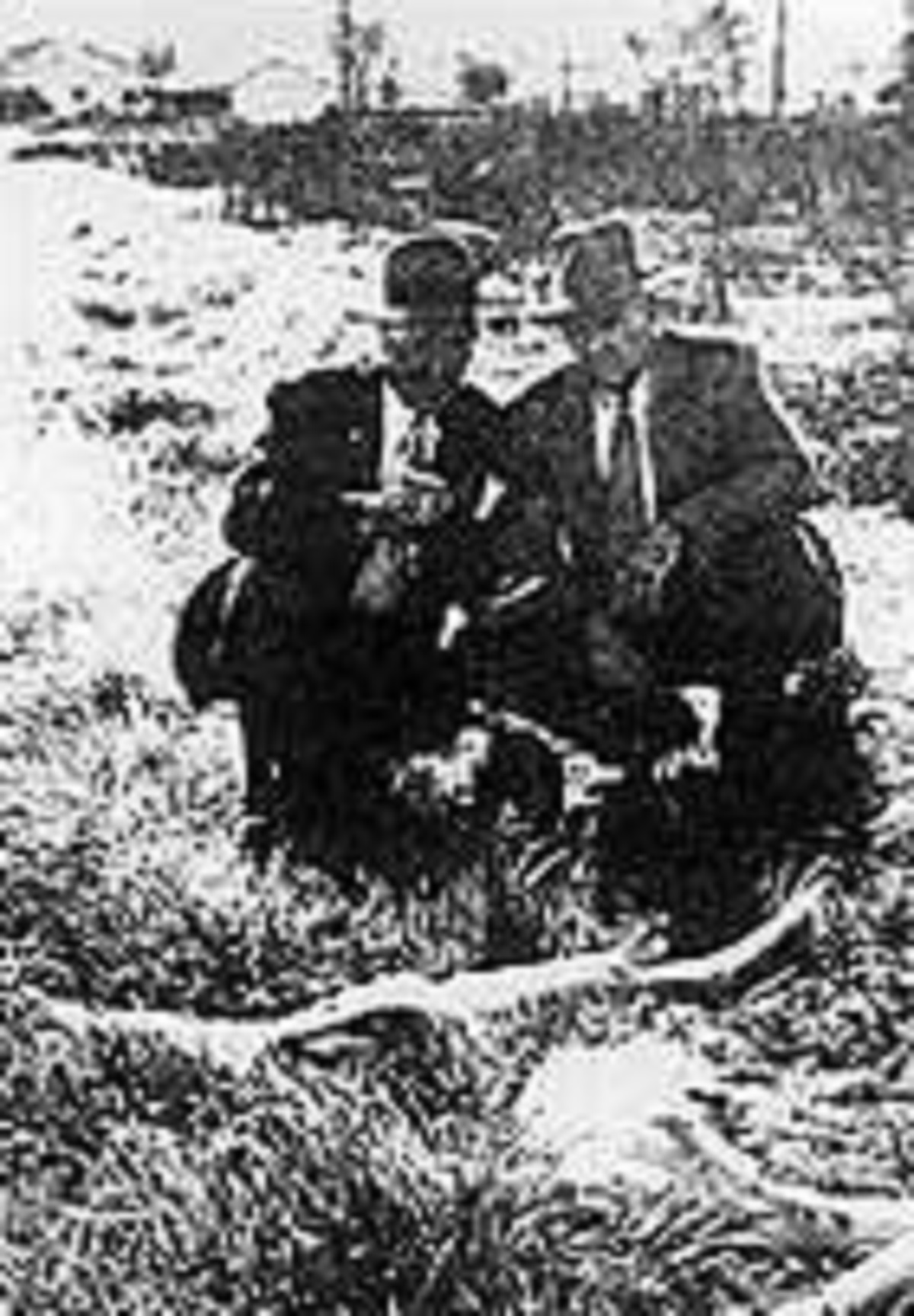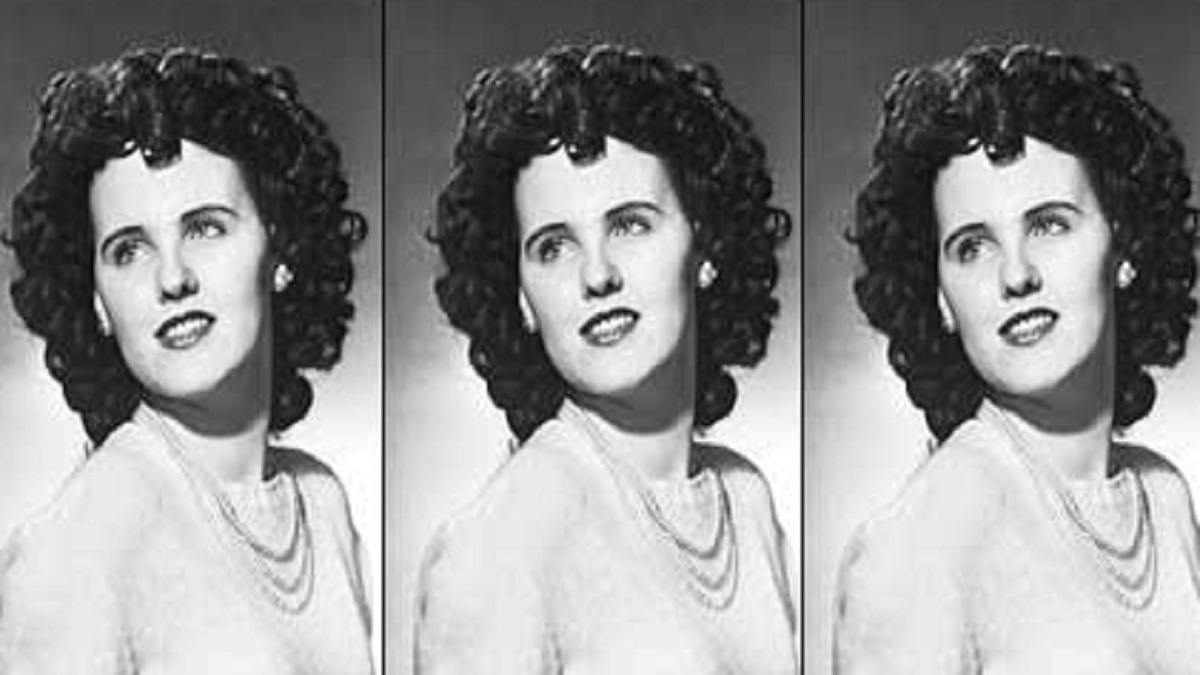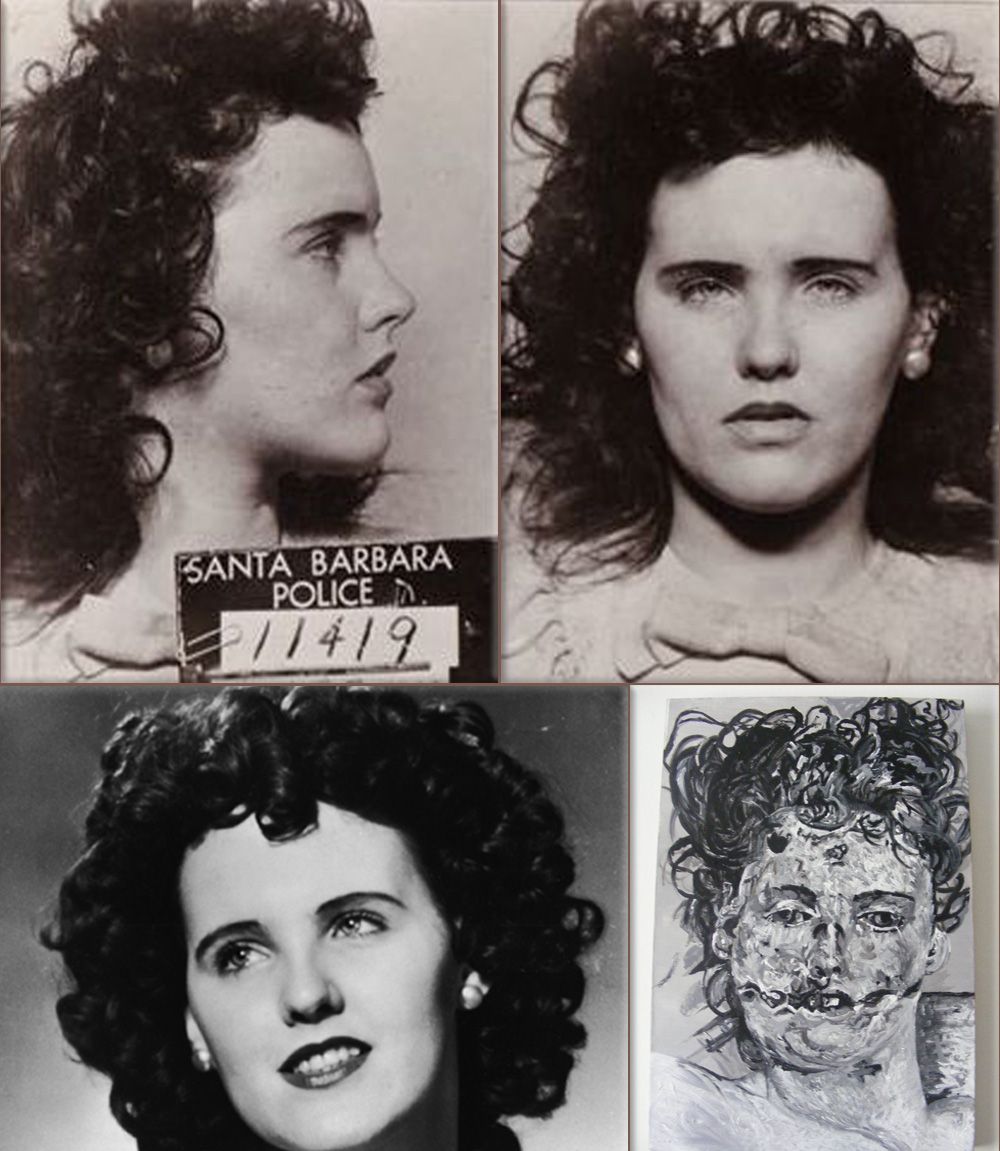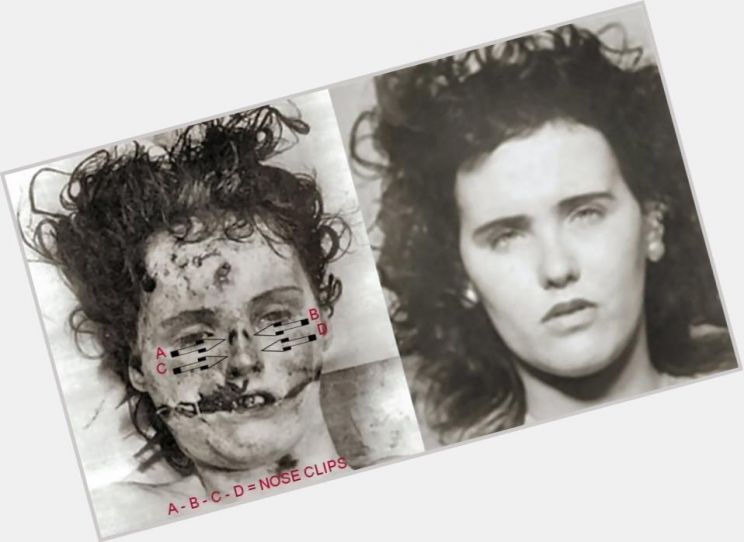Let’s talk about a story that's been etched into history's darkest corners – the Elizabeth Short autopsy. This isn't just another tale; it’s a chilling chapter in true crime history that continues to intrigue and haunt us. Elizabeth Short, also known as the "Black Dahlia," became a symbol of mystery and tragedy after her untimely death in 1947. Her autopsy report remains one of the most talked-about documents in forensic science, offering a glimpse into the brutal world of crime investigation during that era. If you're here, chances are you're curious about what really happened – and we’re about to dive deep into it.
Now, imagine this: Los Angeles in the late '40s – a city buzzing with dreams, but also lurking shadows. Elizabeth Short's case shook the nation, not just because of the brutality, but because it exposed the vulnerabilities of a society obsessed with glamour and fame. Her autopsy report was more than just a medical document; it was a turning point in how investigations were conducted and how the public viewed crime.
But why does it matter today? Well, the Black Dahlia case remains unsolved, and her autopsy continues to be a focal point for true crime enthusiasts, historians, and even aspiring detectives. It’s not just about solving a mystery; it’s about understanding the human condition – the good, the bad, and everything in between. So, let’s get started and unravel the layers of this haunting story.
Read also:Vivienne Joliepitt The Untold Story Of An Iconic Figure
Table of Contents
- Biography of Elizabeth Short
- Details of Elizabeth Short Autopsy
- Forensic Findings
- Timeline of Events
- Investigation Process
- Media Impact and Public Reaction
- Conspiracy Theories Surrounding the Case
- Modern Insights and Technological Advancements
- Psychological Analysis of the Victim
- Legacy and Cultural Significance
Biography of Elizabeth Short
Early Life and Background
Elizabeth Short was born on July 29, 1924, in Boston, Massachusetts. Her early life wasn’t exactly glamorous; she grew up in a modest family and faced her fair share of struggles. Despite her humble beginnings, Short had dreams of becoming an actress, a vision that eventually led her to Hollywood. Her beauty and charm made her stand out, but little did she know that her journey would end in tragedy.
Data and Facts About Elizabeth Short
Here’s a quick rundown of Elizabeth Short’s life:
- Birth Name: Elizabeth Short
- Date of Birth: July 29, 1924
- Place of Birth: Boston, Massachusetts
- Occupation: Aspiring actress
- Date of Death: January 15, 1947
- Cause of Death: Homicide
Details of Elizabeth Short Autopsy
The Elizabeth Short autopsy is one of the most infamous documents in forensic history. Conducted by Dr. Frederick Newbarr, the autopsy revealed the horrifying extent of the crime. Short’s body was found in a vacant lot in Leimert Park, Los Angeles, on January 15, 1947. The body was severed at the waist, and her face was grotesquely mutilated. The autopsy report detailed the extent of the injuries, including ligature marks on her wrists and ankles, indicating that she had been restrained.
What made the case even more chilling was the precision of the cuts. The murderer had knowledge of human anatomy, leading investigators to speculate that the killer might have had a medical or surgical background. This detail alone added layers of complexity to the investigation, making it one of the most baffling cases in history.
Forensic Findings
Forensic science in the 1940s was still in its infancy, but the Elizabeth Short autopsy set a precedent for future investigations. The report highlighted several key findings:
- Short had been dead for at least 10 to 12 hours before her body was discovered.
- She had been severely beaten and strangled before being cut in half.
- There were signs of antemortem trauma, indicating that she had suffered immensely before her death.
These findings not only painted a grim picture of the crime but also underscored the importance of forensic evidence in solving complex cases. The Black Dahlia case became a case study for aspiring detectives and forensic scientists, highlighting the need for more advanced techniques in crime investigation.
Read also:Chris Brown Mom And Dad The Untold Story Behind The Music Icons Family
Timeline of Events
Understanding the timeline of events is crucial to grasping the gravity of the Elizabeth Short autopsy. Here’s a breakdown:
- January 14, 1947: Elizabeth Short is last seen alive in Hollywood.
- January 15, 1947: Her body is discovered in a vacant lot in Leimert Park.
- January 16, 1947: The autopsy is conducted, revealing the extent of her injuries.
- February 1947: The case gains national attention, with hundreds of tips flooding in but no conclusive leads.
Each step in this timeline adds a layer of complexity to the investigation, making it one of the most challenging cases in history.
Investigation Process
The investigation into the Elizabeth Short autopsy was a massive undertaking. Los Angeles Police Department (LAPD) detectives worked tirelessly to piece together the puzzle, but the case proved to be incredibly difficult. Hundreds of suspects were interviewed, but none could be definitively linked to the crime. The lack of forensic technology at the time made it nearly impossible to pinpoint the killer.
Despite the challenges, the investigation set a new standard for crime-solving. The LAPD implemented several innovative techniques, including the use of media to gather public support. This approach helped bring the case to the forefront of national consciousness, but it also led to a flood of false leads and misinformation.
Media Impact and Public Reaction
The media played a significant role in shaping public perception of the Elizabeth Short autopsy. Newspapers across the country covered the story extensively, dubbing her the "Black Dahlia" due to her dark hair and mysterious allure. The nickname stuck, and the case became a symbol of the darker side of Hollywood glamour.
Public reaction was mixed. While some were horrified by the brutality of the crime, others were captivated by the mystery surrounding it. The case sparked a nationwide obsession with true crime, a trend that continues to this day. The media’s portrayal of the case also highlighted the need for ethical reporting in sensitive matters.
Conspiracy Theories Surrounding the Case
No unsolved case is without its fair share of conspiracy theories, and the Elizabeth Short autopsy is no exception. Over the years, numerous theories have emerged, ranging from the plausible to the downright bizarre. Some suggest that the killer was a Hollywood insider with a grudge against aspiring actresses, while others speculate that Short was involved in organized crime.
One of the more intriguing theories involves the possibility of a serial killer operating in Los Angeles during that time. While there’s no concrete evidence to support this claim, the precision of the cuts and the lack of a clear motive have led many to believe that the killer might have struck before and after Short’s murder.
Modern Insights and Technological Advancements
With advancements in forensic science, modern investigators have revisited the Elizabeth Short autopsy with new tools and techniques. DNA analysis, for example, has become a crucial component in solving cold cases. While the Black Dahlia case remains unsolved, these advancements offer hope that one day, justice might be served.
Technological innovations have also changed how investigations are conducted. Social media and online databases have made it easier for detectives to gather information and collaborate with others. While these tools weren’t available during Short’s time, they highlight the progress made in crime-solving since the 1940s.
Psychological Analysis of the Victim
Understanding the psychology of the victim can provide valuable insights into the crime. Elizabeth Short was a complex individual with dreams and aspirations that were tragically cut short. Her autopsy report revealed not just the physical trauma she endured but also the emotional toll that her life had taken on her.
Psychologists have speculated that Short’s desire for fame and recognition might have made her vulnerable to exploitation. Her interactions with various individuals in Hollywood suggest that she was willing to take risks to achieve her goals. While this doesn’t excuse the brutality of her murder, it does offer a glimpse into the mindset of someone who was willing to push boundaries to succeed.
Legacy and Cultural Significance
The legacy of the Elizabeth Short autopsy extends far beyond the crime itself. It has become a cultural touchstone, inspiring books, movies, and even art. The case continues to captivate audiences, not just because of the mystery surrounding it, but because it speaks to the human condition – our fascination with the unknown and our desire for justice.
Short’s story serves as a reminder of the importance of empathy and understanding in a world that often values appearance over substance. Her autopsy report, while grim, has become a symbol of the need for justice and closure, not just for her family but for society as a whole.
Conclusion
In conclusion, the Elizabeth Short autopsy remains one of the most intriguing and haunting cases in history. From the brutality of the crime to the complexity of the investigation, every aspect of the case offers a glimpse into the darker side of human nature. While the case remains unsolved, it continues to inspire and educate, reminding us of the importance of justice and closure.
I invite you to share your thoughts in the comments below. Do you think the case will ever be solved? Or is it destined to remain a mystery forever? Whatever your opinion, one thing is certain – Elizabeth Short’s story will continue to captivate and intrigue for generations to come.



